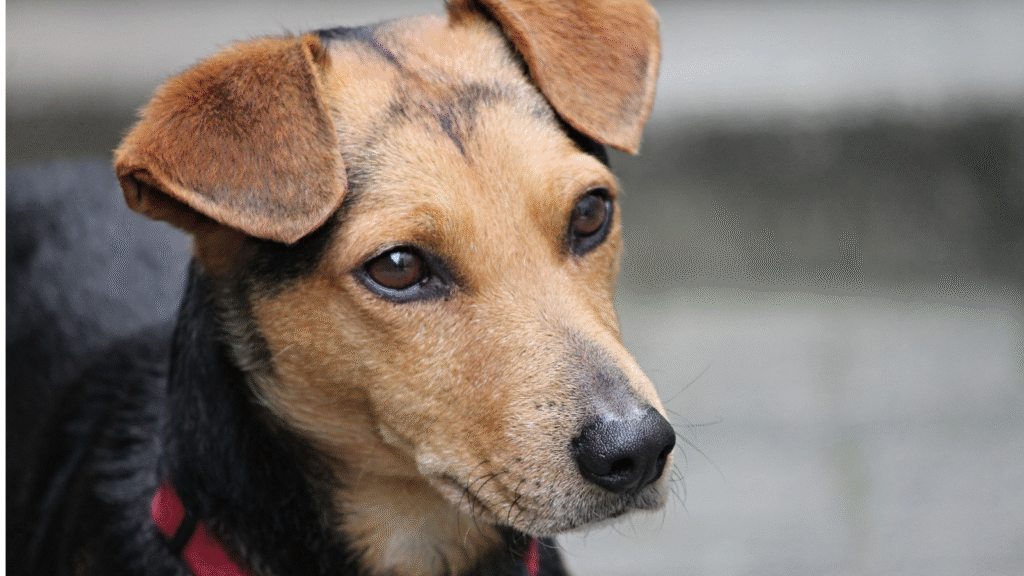The joyful bark of dogs playing together can turn to yelps of distress in an instant. A disagreement over toys, territorial disputes, or simply play that escalates beyond friendly boundaries can result in dog-on-dog bite incidents that leave pet owners feeling helpless and frightened. Compassion Veterinary Center has this guide to support owners after their dog has been bitten.
The Reality of Canine Aggression and Bite Wounds
Dog bite incidents between canines can happen to even the most well-socialized pets. Understanding that aggression is a natural canine behavior used for communication and self-preservation can help owners process these incidents without feeling guilt or shame. Dogs may bite due to fear, pain, resource guarding, territorial behavior, or during redirected aggression when they’re unable to reach their intended target.
The mechanics of dog bite wounds differ significantly from other types of injuries. Canine teeth are designed for gripping and shaking, creating wounds that may appear deceptively minor on the surface while causing extensive damage beneath the skin. The combination of crushing force from powerful jaws and the bacteria present in all dogs’ mouths creates a perfect storm for complicated wounds that require professional medical intervention.
Immediate Response to a Dog Biting Your Dog
The moments immediately following a dog bite incident are crucial for both safety and medical outcomes. Your first priority must be ensuring the safety of all animals and humans involved. Never attempt to physically separate fighting dogs with your hands, as this often results in redirected bites to humans. Instead, use loud noises, water sprays, or barriers to interrupt the altercation safely.
Once the dogs are separated and secured, resist the urge to immediately examine your pet’s wounds. Approach your pet calmly and quietly, speaking in soothing tones to help reduce their stress level. Create a quiet, safe environment for your injured pet while you begin a systematic assessment.
If possible, try to get contact information from the other dog owner. This will be especially important for getting the rabies vaccine status of the other dog involved in the incident.
Assessment of Your Dog’s Bite Wounds
Conducting a thorough but gentle examination can determine the severity of injuries and the urgency of veterinary care needed. Begin your assessment by observing your dog’s overall demeanor and breathing pattern. Signs of shock, including pale gums, rapid shallow breathing, weakness, or collapse, indicate the need for immediate emergency veterinary care.
Examine your pet systematically, starting from the head and working toward the tail. Part the fur gently to look for puncture wounds, lacerations, or areas of swelling. Pay particular attention to the neck, throat, chest, and abdomen.
Look for signs of internal bleeding, which may not be immediately obvious. Pale gums, weakness, rapid heart rate, or distended abdomen can all indicate internal injuries that require emergency intervention. Even if external wounds appear minor, these systemic signs warrant attention from a veterinarian.
Infection Risk of Dog Bites
Dog bite wounds present unique challenges due to their high infection risk. The bacterial load in canine mouths includes numerous organisms that can cause serious infections, even in seemingly minor wounds. Puncture wounds are particularly problematic because they seal quickly on the surface while potentially harboring bacteria deep within the tissue.
Tissue damage from dog bites often extends far beyond what’s visible externally. The crushing and tearing action of powerful jaws can damage muscles, blood vessels, and nerves even when the overlying skin appears intact. This hidden damage explains why some dogs develop complications days or weeks after seemingly minor bite incidents.
Even if you see no visible harm to your dog after they are involved in a dog-on-dog incident, it is always best practice to have your canine pet checked out by a veterinarian. They will be able to assess the full extent of any hidden injuries and can also advise some ways that you may be able to prevent future dog bite incidents.
Treating Dog Bites on Canine Pets in Highland, NY
Dog bite incidents can often be traumatic experiences that require veterinary care. No matter how small the bite, Compassion Veterinary Center recommends reaching out to a veterinary professional for an evaluation. Contact us for dog bite care in Highland, NY and for nearby cities like Poughkeepsie and Kingston.

